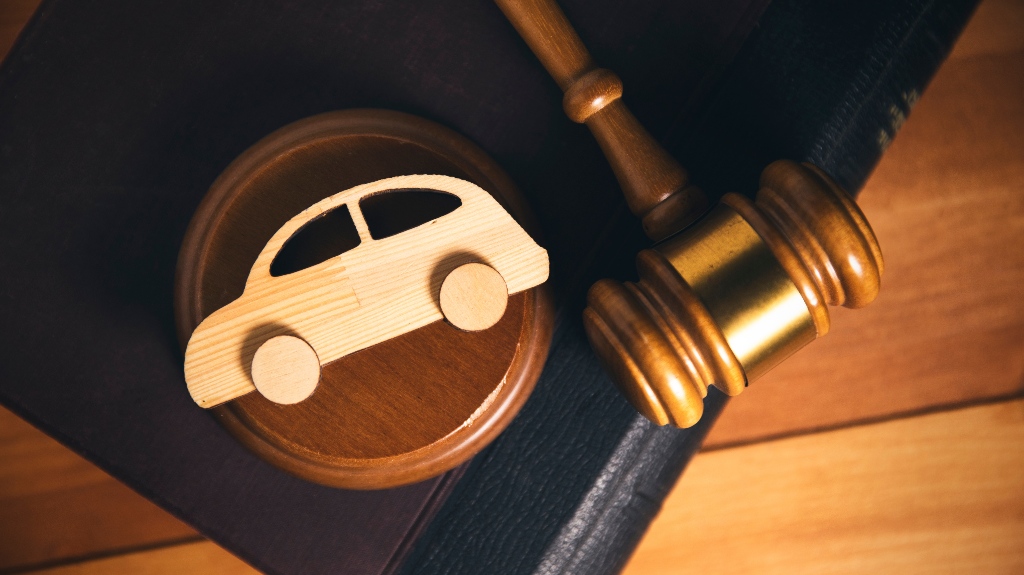Can You Still Recover Damages If You Were Partially at Fault in Ohio?
Nobody ever plans on getting into an accident. In Ohio, even if you are partially at fault, you may still be able to recover damages. However, certain regulations apply. If you were involved in an accident in Ohio and are partially at fault, keep reading to learn about the process and determine if you can still recover damages.
Understanding Fault in Ohio
Ohio uses a system called modified comparative negligence when dealing with cases involving multiple parties sharing responsibility for the accident. This means that a plaintiff can recover damages even if they share fault for the accident. This is only the case if they are not found to be more than 50% responsible. Ohio follows a 51% rule. This means that if the plaintiff’s percentage exceeds 50% they are barred from recovering damages. However, if they are 50% or less at fault, they can recover damages, and it will be reduced in proportion to their share of the fault.
Factors for Determining Fault
Determining each party’s fault in an accident relies on evidence. Several factors can influence the fault for each party:
- Police Reports: These include a police officer’s observations, and sometimes there will be an official fault assessment.
- Eyewitness Testimony: Statements from people who witnessed the event can be very pivotal when determining fault.
- Surveillance Footage: If there is video evidence of the accident, that can be helpful.
- Accident Scene Analysis: If there is evidence of speed, weather conditions, and other details from the scene
- Expert Testimony: Specialists in accident reconstruction can provide insights into who’s at fault as well.
Factors that may increase or decrease a person’s fault when it comes to car accidents or slip-and-fall incidents:
- Speeding
- Distractions
- Not following traffic rules
- Environmental conditions
- Contributory action, such as not wearing a seatbelt.
Comparative Negligence Vs. Contributory Negligence
Negligence is a failure to exercise reasonable care that results in an injury to others. These are the elements the plaintiff must prove:
Duty: The defendant owed a duty of care to the plaintiff.
Breach: The defendant breached that duty.
Causation: The breach of duty directly caused the plaintiff’s injuries
Damages: The plaintiff suffered actual damages as a result. The article implies these elements in its “Factors for Determining Fault” section, but explicitly listing them could add to its legal educational value.
Comparative negligence means that a plaintiff can still recover damages from a defendant even if their negligence partially contributed to their injuries. If the plaintiff is found to be negligent, the amount they get from damages is reduced by the percentage for which they are responsible. Ohio still uses this system when it comes to accident cases.
Contributory negligence states that if the plaintiff is even slightly responsible for the injuries, the defendant is not legally responsible for the portion of the plaintiff’s damages. A lot of times, contributory negligence leads to severe and unfair results for plaintiffs. The defendant can completely avoid responsibility even if they are 1% responsible for the injuries. Ohio doesn’t use this anymore, only comparative negligence.
How To Determine Fault
When determining fault, it is primarily based on the legal principle of comparative negligence. The system evaluates the actions of everyone involved, and later, a percentage of fault is assigned. To determine fault you have to start with the evidence. That could include police reports, witness statements, photographic evidence, and traffc camera foootgae.

Insurance companies play a significant role in determining fault as well. Once an accident is reported, the insurance companies will conduct their investigations. Once each insurance company determines fault, it may lead to negotiations between the insurers. Having a good understanding when it comes to Ohio’s comparative negligence rule is important to know when it comes to partial fault cases. However, it is also a good idea to have an attorney present when dealing with these partial fault cases in Ohio.
Recovering Damages From a Partial Fault Accident in Ohio?
Get in contact with Kitrick, Lewis & Harris CO., LPA. They’ll be able to help you with all the details and logistics when it comes to partial fault cases. Nobody wants an accident to happen, but sometimes they do. So it’s best you’re prepared with Kitrick, Lewis & Harris CO., LPA by your side, helping you through it.


